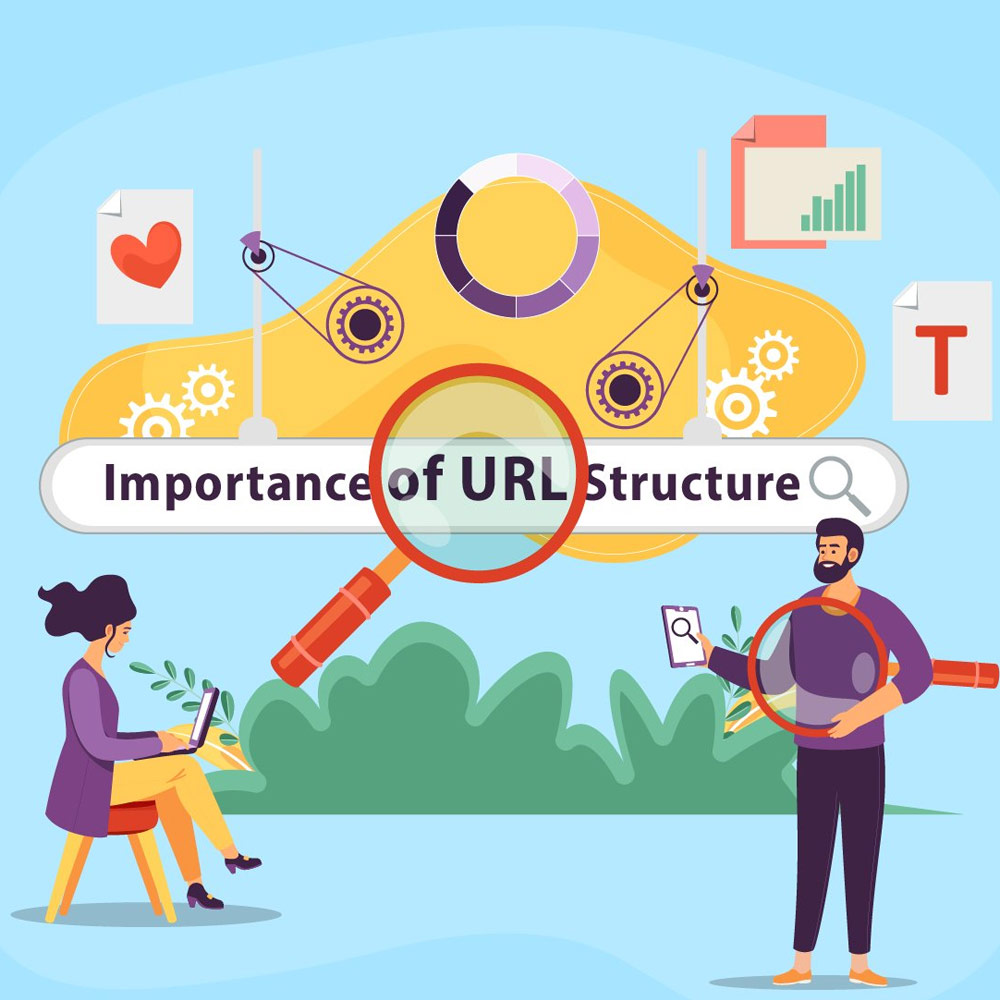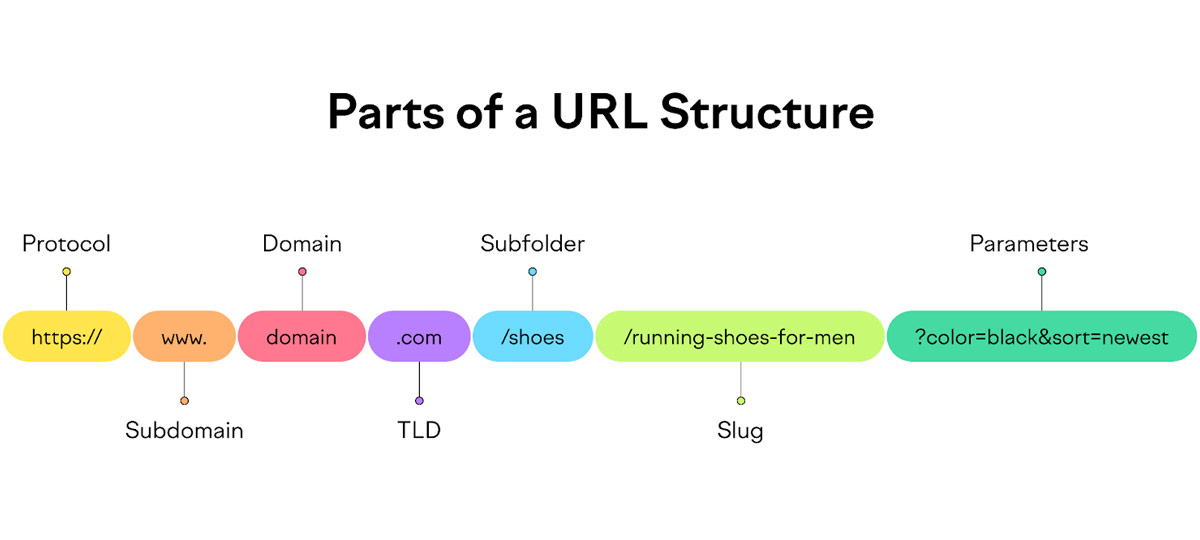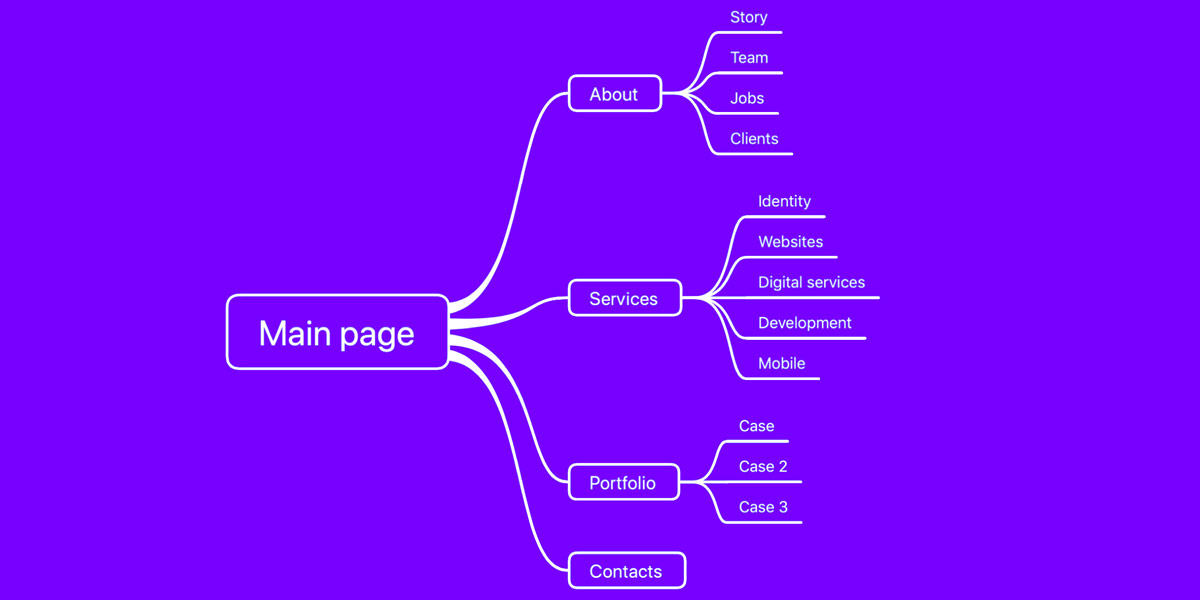URL Structure: Optimizing Your Website for SEO Success

In the vast landscape of search engine optimization (SEO), one often overlooked aspect is URL structure. The way you structure your website’s URLs can significantly impact your visibility in search engine results pages (SERPs), user experience, and ultimately, your website’s success. In this article, we’ll explore the importance of URL structure for SEO and provide you with best practices to optimize your URLs effectively.
What is URL Structure?
URL, an acronym for Uniform Resource Locator, refers to the web address that uniquely identifies a webpage or resource on the internet. The structure of a URL determines how it looks and is organized, including the use of domains, subdomains, directories, and file names. A well-structured URL provides both search engines and users with valuable information about the content of a webpage.

What is URL Structure?
Importance of URL Structure for SEO
Relevance to Search Engines
Search engines strive to deliver the most relevant results to users’ queries. An optimized URL structure helps search engines understand the context and relevance of a webpage. Including relevant keywords in your URL can improve the chances of your webpage ranking higher in search results for those specific keywords.
User Experience and Click-Through Rates
URLs play a crucial role in shaping user experience. A concise and descriptive URL provides users with an idea of what to expect from a webpage. When URLs are easy to read and understand, users are more likely to click on them. A user-friendly URL structure can increase click-through rates, driving more organic traffic to your website.
Keyword Optimization
Incorporating targeted keywords into your URL structure can positively impact your SEO efforts. Including relevant keywords in the URL can enhance the page’s relevancy signals and improve its visibility for specific search queries. However, it’s essential to strike a balance and avoid keyword stuffing, which can be seen as spammy by search engines.

Importance of URL Structure for SEO
Best Practices for URL Structure
To maximize the SEO potential of your website’s URL structure, follow these best practices:
Keep it Simple and Descriptive
Simplicity is key when it comes to URL structure. A clean and concise URL is not only easier for users to remember but also for search engines to crawl and index. Avoid using unnecessary parameters, numbers, or special characters that can confuse both users and search engines.
Use Hyphens for Word Separation
When separating words in your URL, use hyphens (-) instead of underscores or spaces. Hyphens are more readable to users and are preferred by search engines. For example, instead of “www.example.com/my_page” use “www.example.com/my-page” for better readability and keyword separation.
Include Target Keywords
Incorporate relevant target keywords into your URL structure. This helps search engines understand the content of your webpage and improves its visibility for specific search queries. However, ensure that the keywords flow naturally within the URL and avoid excessive keyword usage.
Avoid Using Numbers and Special Characters
While it’s important to include descriptive words in your URLs, refrain from using numbers or special characters unless necessary. Such elements can make your URLs appear cluttered and less user-friendly. Stick to using words that accurately represent the content of the webpage.

Best Practices for URL Structure
URL Parameters and Dynamic URLs
URL parameters and dynamic URLs can present challenges for SEO. Dynamic URLs often contain query parameters and session IDs, resulting in long and complex URLs that may not be search engine-friendly. Here are a few considerations for handling URL parameters:
Potential SEO Challenges
Dynamic URLs with multiple parameters can lead to issues like duplicate content, as search engines may interpret each URL variation as a unique page. This dilutes the SEO value and can impact your website’s rankings. It’s crucial to address these challenges and ensure proper handling of dynamic URLs.
Implementing Canonical Tags
Canonical tags help address duplicate content issues associated with dynamic URLs. By specifying the canonical URL in the HTML header of a page, you indicate to search engines which version of the URL should be considered the primary one for indexing and ranking purposes.
Using Robots.txt File
In some cases, you can prevent search engines from crawling and indexing certain dynamic URLs using the robots.txt file. By disallowing specific parameters or directories, you can control which parts of your website search engines can access. However, exercise caution when using this method, as incorrect implementation can result in unintended consequences.

URL Parameters and Dynamic URLs
URL Structure and Site Navigation
The structure of your URLs should align with your website’s overall navigation and hierarchy. A clear and logical URL structure enhances both user experience and search engine crawling. Consider the following tips for effective URL structure and site navigation:
Importance of Clear Hierarchy
Organize your URLs hierarchically to mirror the structure of your website. Use directories and subdirectories to categorize and group related content. This helps both users and search engines understand the relationship between different web pages.
Breadcrumbs for Enhanced User Experience
Breadcrumbs provide users with clear navigation paths and help them understand their current location within your website’s hierarchy. Including breadcrumbs in your URL structure can improve user experience and facilitate easy navigation.
Implementing XML Sitemaps
XML sitemaps act as a roadmap for search engines, providing information about the organization of your website’s content. Including URLs in your XML sitemap ensures search engines can discover and index your web pages more efficiently.

URL Structure and Site Navigation
Mobile-Friendly URL Structure
With the increasing use of mobile devices for browsing the internet, optimizing your website’s URL structure for mobile users is crucial. Consider the following factors to enhance mobile SEO:
Responsive Design and Mobile SEO
Ensure your website is responsive and mobile-friendly, adapting to different screen sizes and resolutions. A responsive design ensures that URLs remain consistent across devices, providing a seamless user experience and reducing the need for separate mobile URLs.
Shorter URLs for Mobile Users
Mobile users often prefer shorter URLs, as they are easier to read and share. Shorter URLs also have the advantage of not truncating search engine results, making them more clickable. Optimize your URL structure to keep them concise and user-friendly.

Mobile-Friendly URL Structure
Monitoring and Optimizing URL Structure
Regularly auditing and optimizing your URL structure is essential for maintaining good SEO health. Consider the following practices:
Regular Auditing of URLs
Perform periodic audits of your website’s URLs to identify any issues, such as broken links, redirects, or duplicate content. Use tools like Google Search Console and third-party SEO software to analyze your URLs and address any SEO-related concerns.
Analyzing Search Console Data
Leverage data from Google Search Console to gain insights into how your URLs perform in search results. Monitor impressions, click-through rates, and average positions to identify opportunities for improvement. Make data-driven decisions to optimize your URL structure further.
URL Redirects and Broken Links
Implement proper URL redirects when making changes to your website’s URL structure or when retiring old web pages. This helps preserve SEO value and prevents users from encountering broken links. Regularly check for broken links on your website and fix them promptly.

Monitoring and Optimizing URL Structure
Conclusion
A well-optimized URL structure can significantly impact your website’s SEO performance. By following best practices and ensuring a user-friendly and search engine-friendly URL structure, you can enhance your website’s visibility, user experience, and overall organic traffic. Remember to keep your URLs descriptive, keyword-rich, and easy to navigate.
FAQ
What is the structure of a URL?
A URL (Uniform Resource Locator) has a specific structure that consists of various elements. It typically includes the protocol, domain, subdomain, path, query parameters, and fragment identifier.
What are the three parts of a URL?
A URL is composed of three main parts: the protocol, the domain, and the path. The protocol specifies the communication method, such as “http://” or “https://”. The domain represents the website’s address, and the path indicates the specific location of a webpage within the site.
What are the five URL elements?
The five key elements of a URL include the protocol, domain, path, query parameters, and fragment identifier. The protocol determines how the browser should retrieve the resource, the domain is the web address, the path represents the location of a specific page, query parameters provide additional information to the server, and the fragment identifier specifies a specific section within a webpage.
What are the six components of a URL?
A URL consists of six components: the protocol, subdomain, domain, top-level domain (TLD), path, and query parameters. The protocol defines the communication method, the subdomain is an optional part that precedes the domain, the domain is the website address, the TLD represents the type of organization or geographical location, the path indicates the specific page or resource, and the query parameters provide additional information to the server.
How should a URL be structured for SEO?
To create SEO-friendly URLs, it’s important to keep them concise, descriptive, and keyword-rich. Use hyphens to separate words, include target keywords when relevant, and avoid using numbers or special characters unless necessary. A well-structured URL should provide both search engines and users with a clear understanding of the webpage’s content.
What is the importance of a well-structured URL?
A well-structured URL is important for several reasons. It helps search engines understand the context and relevance of a webpage, improves user experience by providing clear and descriptive URLs, and increases the chances of higher click-through rates and organic traffic. A well-optimized URL structure can positively impact your website’s visibility and rankings in search results.
How does URL structure impact website visibility in search results?
URL structure plays a significant role in determining how search engines perceive and rank web pages. A well-structured URL that includes relevant keywords can enhance a webpage’s visibility and increase the chances of ranking higher in search results. A clear and descriptive URL also improves click-through rates, attracting more organic traffic to your website.
What are some best practices for creating SEO-friendly URLs?
Some best practices for creating SEO-friendly URLs include keeping them simple, descriptive, and relevant to the webpage’s content. Use hyphens for word separation, include target keywords when appropriate, and avoid using numbers or special characters excessively. Ensure that your URLs are concise, readable, and user-friendly.
How can I optimize my website’s URL structure for better navigation?
To optimize your website’s URL structure for better navigation, maintain a clear hierarchy by organizing your URLs in directories and subdirectories. Implement breadcrumbs to provide users with clear navigation paths, and consider using XML sitemaps to help search engines discover and index your web pages more efficiently.
Are there any guidelines for organizing content logically in URL construction?
When constructing URLs, it’s important to organize content logically to improve user experience and search engine crawling. Follow a clear hierarchy that mirrors your website’s structure, use meaningful keywords in the path to indicate the content’s relevance, and avoid creating overly complex or convoluted URL structures. Keep the URLs concise, descriptive, and easy to understand.

